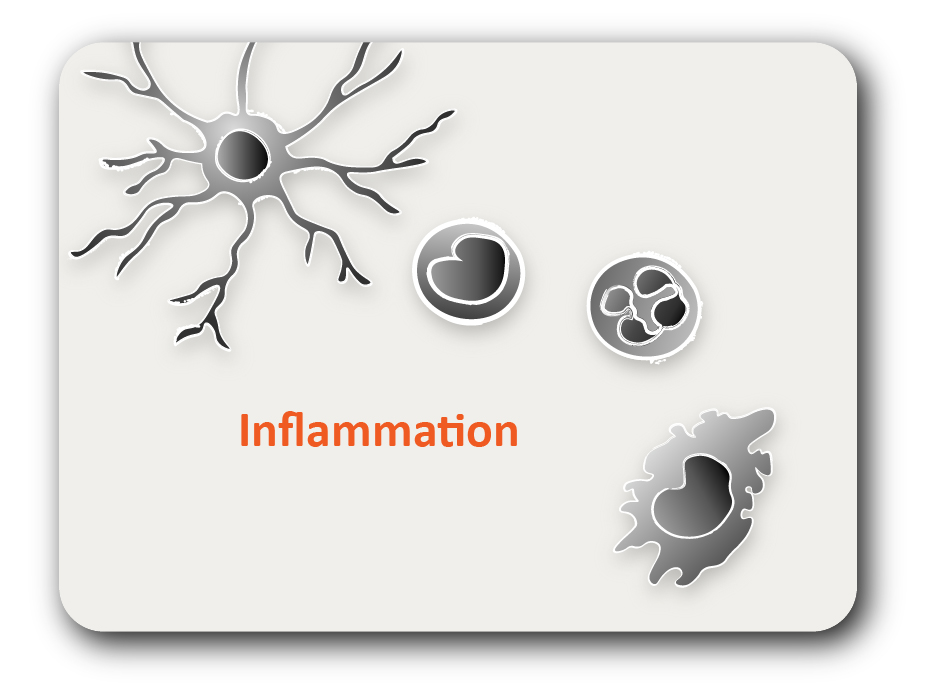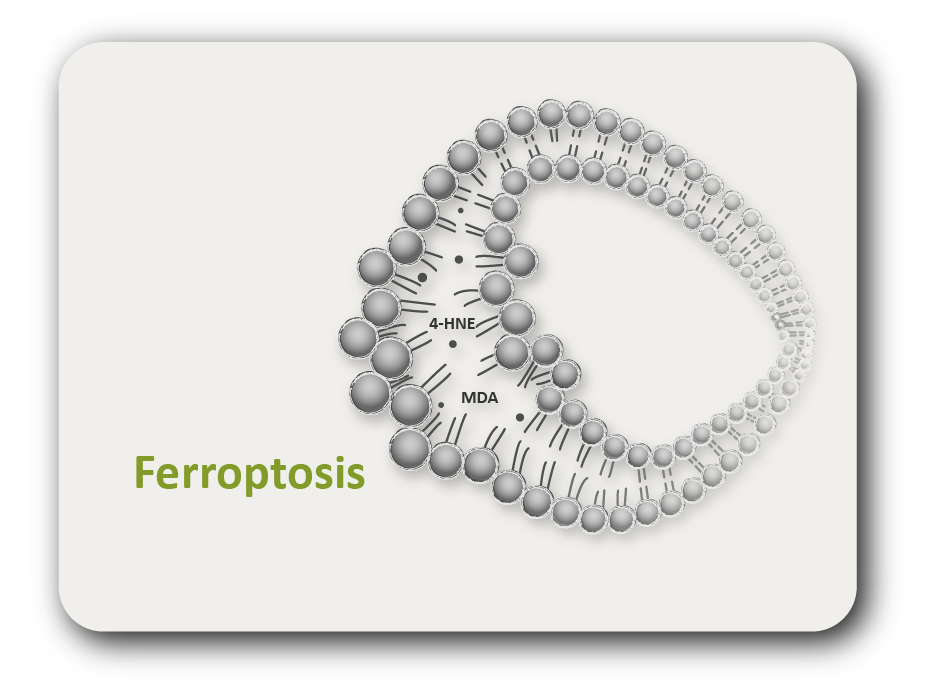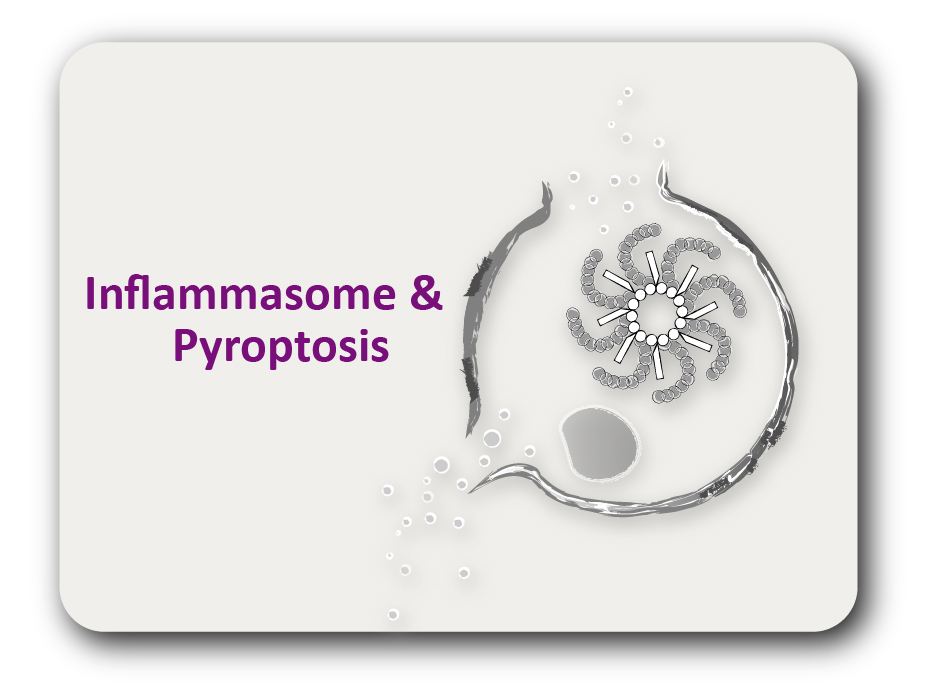ARG70520
Human CD152 / CTLA4 recombinant protein (His-tagged)
Human CD152 / CTLA4 recombinant protein (His-tagged) for SDS-PAGE
Overview
| Product Description | CHO expressed, His-tagged Human CD152 / CTLA4 recombinant protein |
|---|---|
| Tested Application | SDS-PAGE |
| Target Name | CD152 / CTLA4 |
| Species | Human |
| A.A. Sequence | Met1 - Phe162 |
| Expression System | CHO |
| Alternate Names | CTLA4; Cytotoxic T-Lymphocyte Associated Protein 4; CTLA-4; CD152; GSE; CD; Insulin-Dependent Diabetes Mellitus 12; Cytotoxic T-Lymphocyte Protein 4; Gluten-Sensitive Enteropathy; Celiac Disease 3; CELIAC3; IDDM12; Ligand And Transmembrane Spliced Cytotoxic T Lymphocyte Associated Antigen 4; Cytotoxic T Lymphocyte Associated Antigen 4 Short Spliced Form; Cytotoxic T-Lymphocyte-Associated Serine Esterase-4; Cytotoxic T-Lymphocyte-Associated Antigen 4; Celiac Disease; CD152 Antigen; ALPS5; GRD4 |
Properties
| Form | Powder |
|---|---|
| Purification Note | Endotoxin level is less than 0.1 EU/µg of the protein, as determined by the LAL test. |
| Purity | > 95% (by SDS-PAGE) |
| Buffer | PBS (pH 7.4) |
| Reconstitution | It is recommended to reconstitute the lyophilized protein in sterile water to a concentration not less than 200 μg/mL and incubate the stock solution for at least 20 min at room temperature to make sure the protein is dissolved completely. |
| Storage Instruction | For long term, lyophilized protein should be stored at -20°C or -80°C. After reconstitution, aliquot and store at -20°C or -80°C for up to one month. Storage in frost free freezers is not recommended. Avoid repeated freeze/thaw cycles. Suggest spin the vial prior to opening. |
| Note | For laboratory research only, not for drug, diagnostic or other use. |
Bioinformation
| Gene Symbol | CTLA4 |
|---|---|
| Gene Full Name | Cytotoxic T-Lymphocyte Associated Protein 4 |
| Background | This gene is a member of the immunoglobulin superfamily and encodes a protein which transmits an inhibitory signal to T cells. The protein contains a V domain, a transmembrane domain, and a cytoplasmic tail. Alternate transcriptional splice variants, encoding different isoforms, have been characterized. The membrane-bound isoform functions as a homodimer interconnected by a disulfide bond, while the soluble isoform functions as a monomer. Mutations in this gene have been associated with insulin-dependent diabetes mellitus, Graves disease, Hashimoto thyroiditis, celiac disease, systemic lupus erythematosus, thyroid-associated orbitopathy, and other autoimmune diseases. [provided by RefSeq, Jul 2008] |
| Function | Inhibitory receptor acting as a major negative regulator of T-cell responses. The affinity of CTLA4 for its natural B7 family ligands, CD80 and CD86, is considerably stronger than the affinity of their cognate stimulatory coreceptor CD28.. [Uniprot] |





